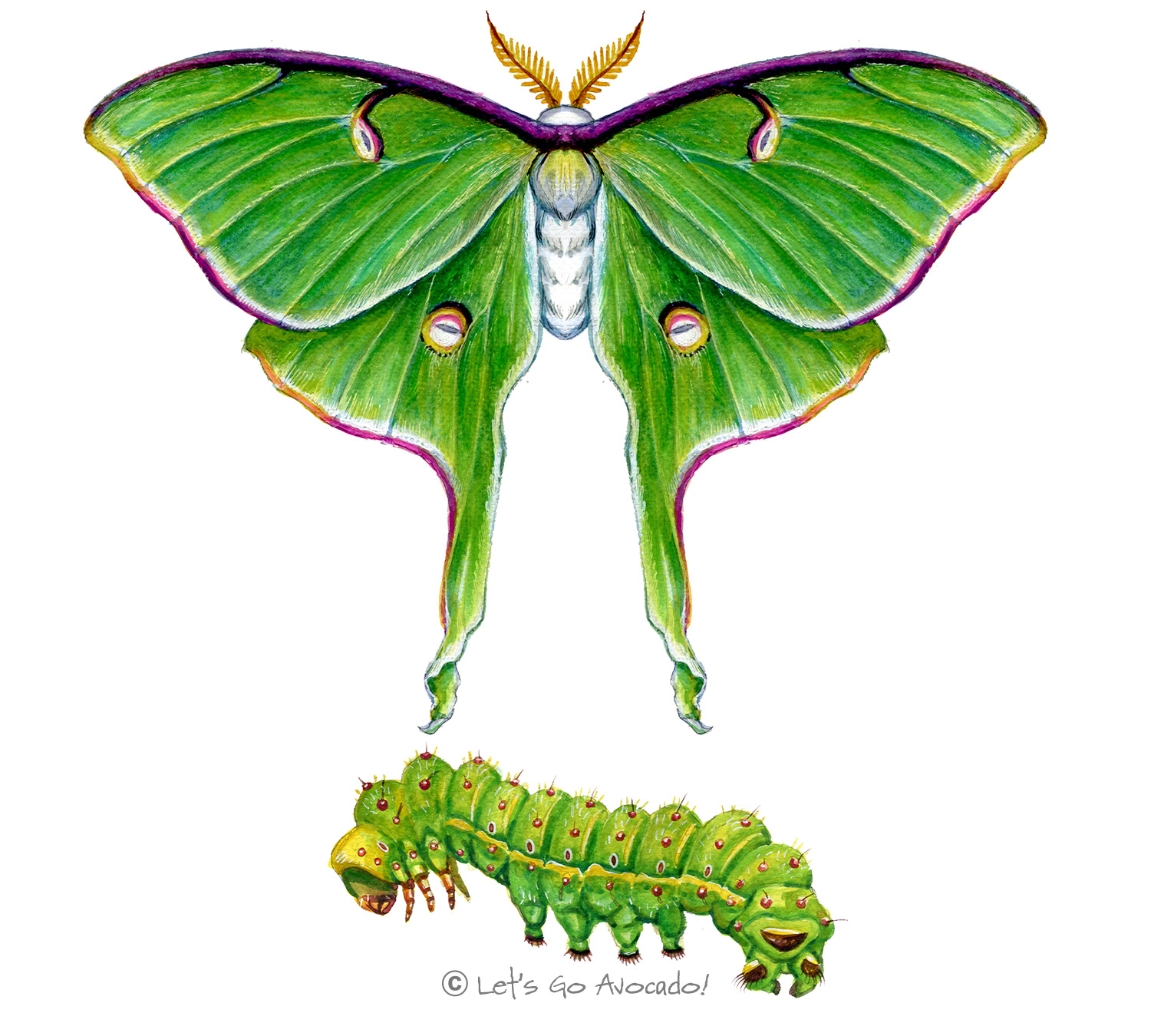

Luna Moth
Actias luna
This page may contain affiliate links.
Read our disclosure and privacy policy here.
The Luna Moth is among the most iconic and revered moths in North America, recognized instantly by its pale green coloration and long, flowing tail-like structures on the hindwings. Its nocturnalAnimals that are active during the night and rest during the day. Beavers are primarily nocturnal, doing most of their work at night. Learn More lifestyle and limited lifespan as an adult contribute to its mysterious allure.
Luna Moth
Common Name
Latin Name
Distribution
Appearance
Size
Habitat
Diet
Lifecycle
Defense Mechanisms
Ecological Importance
ConservationThe act of protecting and preserving natural resources and the environment. Conservation efforts are important to protect beavers and their habitats. Learn More Status

There’s a lot to explore right where we are, in our own neighborhoods and backyards! Join us while we get off the couch and explore the everyday wonders of nature, science, space, engineering, art, and anything else we stumble upon during on our adventures.







